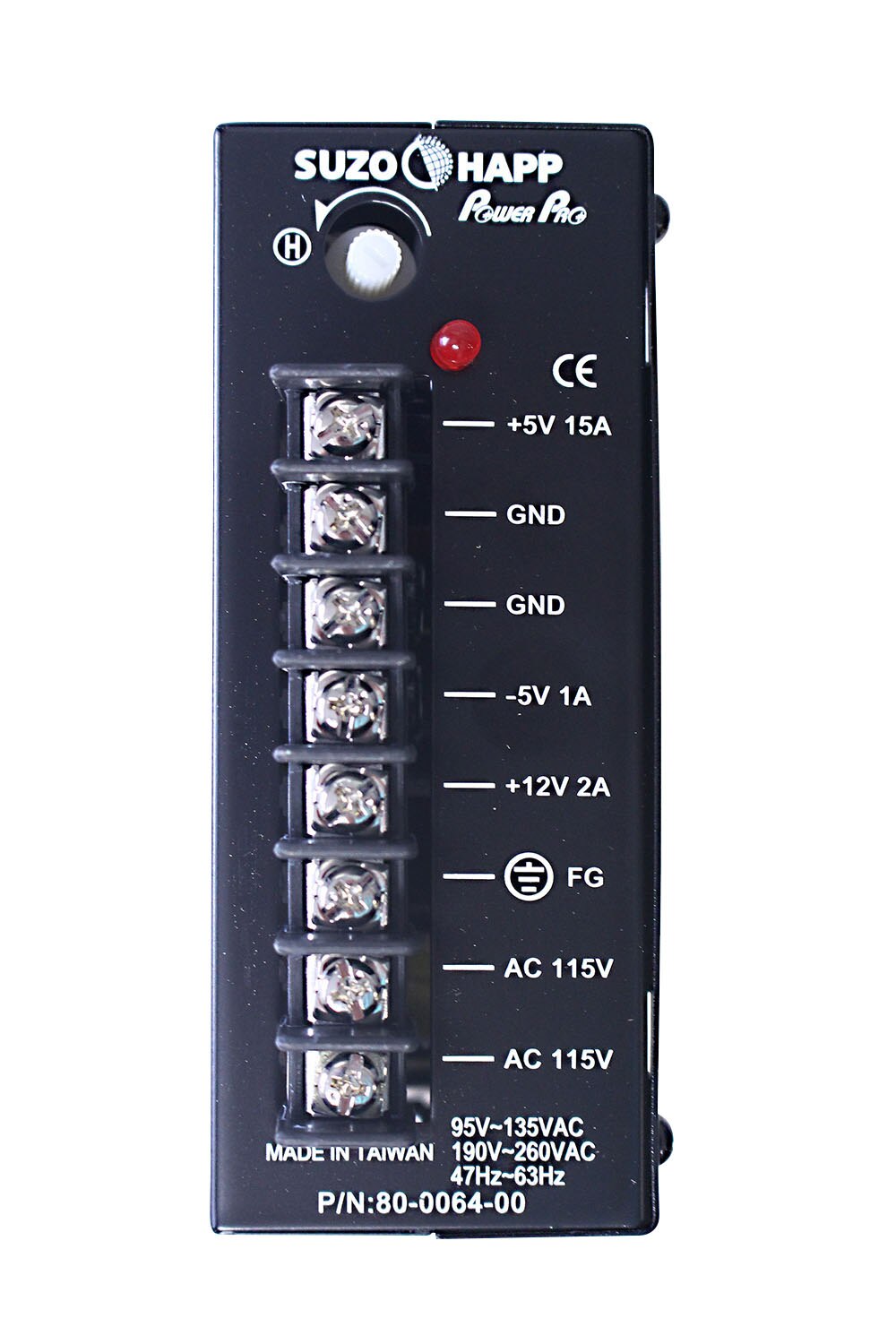
.jpg)
- #Pro audio overload recptacles drivers
- #Pro audio overload recptacles pro
- #Pro audio overload recptacles professional
This, along with the question of, will it increase performance, are the most common questions that clients ask when configuring a pro audio PC.įirstly, no, you don’t have to water cool your PC to get great performance. The speaker stands 47.I (Brian) get this question a lot here at PCAudioLabs “Should I overclock my pro audio PC?”

The crossover frequencies are 420Hz and 2.5kHz the overall frequency response for the E1TX is given as 29Hz to a stratospheric 60kHz.
#Pro audio overload recptacles drivers
All the drivers are manufactured from scratch by TAD. There are two 6.3" woofers with membranes constructed from layers of aramid fabric and raw fibers laminated to form a single composite material. That’s because the tweeter and midrange are configured as a unit that TAD has named the micro-CST driver, with the 1" beryllium dome mounted coaxially within the 3.5" midrange cone. The E1TX, the latest iteration of a product originally introduced in 2011, is a 3-way bass-reflex type, albeit one that differs fundamentally from most of the legion of loudspeakers designated as such. TAD’s Evolution loudspeaker line comprises four products: the Evolution One TX considered here, two “bookshelf ”-which is to say stand-mounted-models (the Micro Evolution One and the Compact Evolution One), and the newest member of the clan, the floor-standing Evolution 2. “This relationship with TAD brings my whole life 360 degrees back around to the focus on music that has always been there,” Malekpour noted with no small amount of satisfaction. In a sense, a circle has been closed: An experienced pro-audio specialist has been charged with advancing TAD’s reputation with an audiophile constituency. “I think we’re breathing real fire into TAD,” Malekpour told me when we spoke at the Florida Audio Expo this past February. Pro Audio Design is the manufacturer of Augspurger monitors, a pro-audio loudspeaker brand that once used TAD drivers-at least until Dave Malekpour’s needs for those parts outstripped the Japanese company’s capacity to provide them, a situation that could be changing very soon.
#Pro audio overload recptacles professional
Malekpour is an accomplished guitarist who was playing three to five gigs per week until not that long ago he’s also a self-described “speaker guy,” the founder of Pro Audio Design and a professional recording-studio designer with many A-list clients. distributor for a few years-until the arrival of Dave Malekpour, perhaps the ideal advocate for the Japanese manufacturer in the American market. In terms of its North American presence, TAD drifted a bit following Jones’ departure for ELAC-there was no U.S. While additional speak-er models as well as preamplifiers, power amps, and digital components followed, TAD’s high-end creds were assured by the release, in 2007, of the original version of the $78,000 Reference One loudspeaker.


In 2000, the British speaker designer Andrew Jones was brought on to establish a consumer product line the company’s first offering to this market, the TAD-M1, was introduced in 2002. The TD-4001 and other TAD transducers were installed in hundreds of recording studios worldwide and were utilized for live concert sound-reinforcement, as well. The legendary American engineer Bart Locanthi of JBL fame was hired to lead the effort, and TAD’s first triumph was the TD-4001 compression driver. TAD came into being in the mid-1970s as a project of the Pioneer Electronics Corporation to develop high-performing loudspeakers for professional audio applications. As you advise your hypothetical music-loving friend, or as you reassess your own audio journey, some familiarity with the loudspeaker offerings of Technical Audio Devices Laboratories, Inc.-TAD-could serve you well. When a non-audiophile requests a loudspeaker recommendation, he often assumes that the first question you’ll ask him will be, “How much can you spend?” In fact, the first question should be: “Where will they go?” Other variables-the sort of music that’s favored, listening levels, aesthetic considerations, and, yes, cost-are often less critical than the nature of the room in which the speakers will reside.


 0 kommentar(er)
0 kommentar(er)
